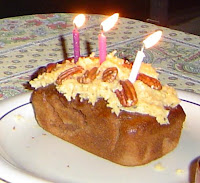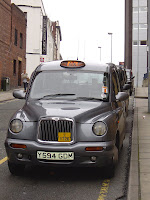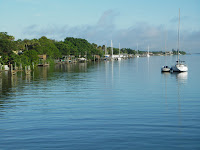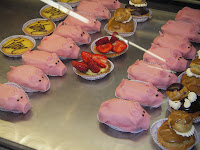
Most web articles on New Year’s resolutions focus on two things—the 10 most popular resolutions (starting with fitness and weight loss) and psychological advice on keeping resolutions (especially those concerning weight loss). Any historian or anthropologist looking at our newspapers (digital or otherwise) years from now will assume we are an idle population with too much food and too much time, and obviously unable to commit.
The list of resolutions in both France and the States reads like this:
- Stop smoking - Eat healthy - Do more sports - Spend more time with friends and family (or form new meaningful relationships) - Be nice to colleagues at work and the general public -Be more socially responsible. These resolutions are easy to uphold. . . for a few days anyway.
In past years, neighborhood streets and parks have been filled with newly converted cyclists. Membership in fitness centers has increased. And it is easy to integrate a fitness routine in a vacation schedule. Just as it’s easier to think charitable thoughts about colleagues you have not seen for a few days. Our resolutions are made as we bask in the afterglow of holiday merriment.
My resolutions fall into two broad categories—volunteering for a humanitarian cause and maintaining a focus in my work. The odd thing about humanitarian actions is the difficulty I have had in getting organizations to accept my offers of free help. It has been much more difficult than getting a job
My personal resolutions include goals such as organizing my daily schedule, developing a business plan, identifying goals and objectives and branding my products. A critical resolution is not to sweat the small stuff.
That reminds me. I can’t have a business plan until I write my goals and objectives. And to write those, I really need to set aside a block of time in my schedule. But first, I need to clean up the dining room table which serves as my office. I’ll start once I check my email and cell phone messages just in case something important has come in . . . . This new technology is wonderful. I am so “in touch.”
Messages on FaceBook. A Gainesville friend is celebrating a birthday. A tanguero just wrote from the South of France where they will hold the Reveillon at Jack’s Blues. And look, an email. The Nice-based tango association Siempre Tango just posted photos from the Dec. 4, 2009, milonga at the new Café Nikaia I wonder if I recognize anyone?
My son just texted me from the Frozen North. He has been caught in various snowstorms over the holiday. I need to check the online weather. I just talked with my daughter the other day—those great phone rates in France (unlimited and free). Wake up, AT&T and T-Mobile.
Where was I? Organization. Focus. Don’t sweat the small stuff. Now that’s one of those expressions I haven’t been able to locate on WordReference. But a Google search. Eh bien, ça y est! Of all places--in a forum about New Year’s Resolutions--“arreter de prendre la mouche pour un rien.”
Maybe I should sweat the small stuff. . . . No, focus on the tasks at hand—clean off my desk! I am finding all kinds of interesting things. Ahhh, if I can keep this one resolution, at least for the next 15 minutes.
But all resolutions have a downside. . .

Best wishes for 2010!
What are your resolutions?

















































